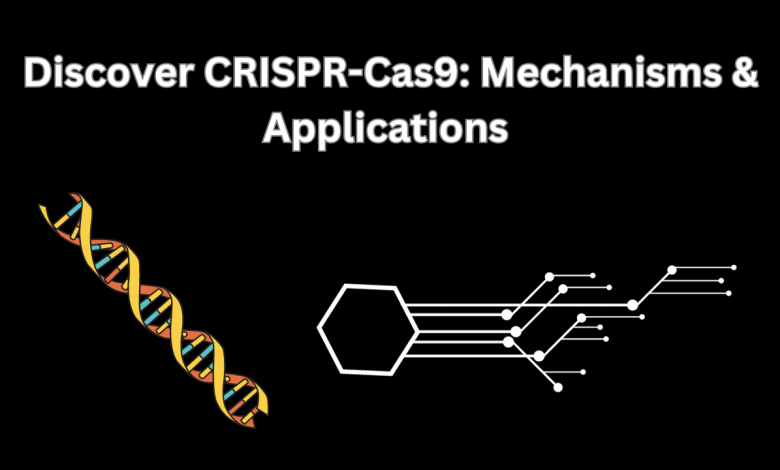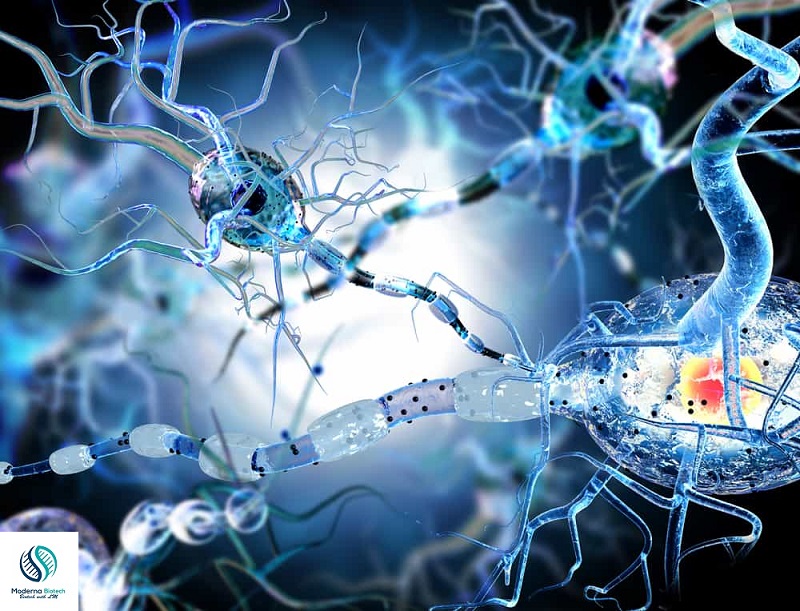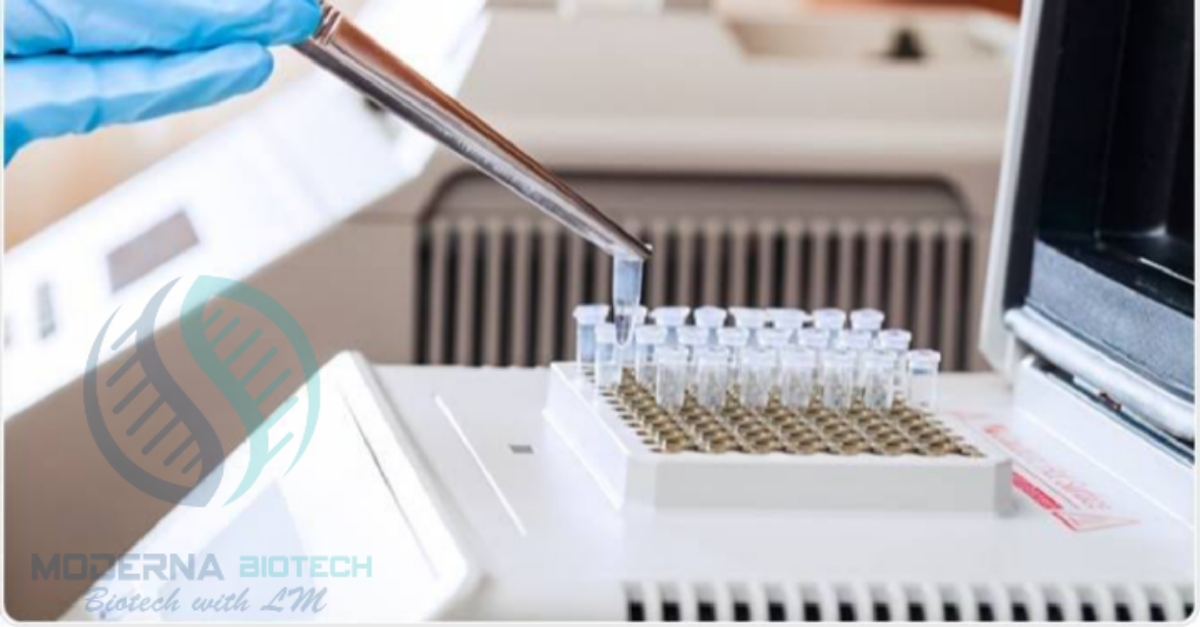Discover CRISPR-Cas9: Mechanisms & Applications

In the realm of biotechnology, few innovations have stirred as much excitement and promise as CRISPR-Cas9. Often referred to as “genetic scissors,” this revolutionary technology has fundamentally transformed genetic engineering and is poised to reshape the landscape of medicine, agriculture, and beyond. In this comprehensive guide, we will delve into the mechanics of CRISPR-Cas9 and explore its diverse range of applications.
Table of Contents
The CRISPR-Cas9 Mechanism
Before we dive into its applications, let’s demystify the inner workings of CRISPR-Cas9.
1. CRISPR: The Genetic Library
CRISPR, which stands for Clustered Regularly Interspaced Short Palindromic Repeats, is essentially the genetic library of an ancient bacterial immune system. These unique DNA sequences serve as a memory bank for the bacterium, storing information about past encounters with viruses.
2. Cas9: The Molecular Scissors
Cas9, on the other hand, is a protein that acts as a molecular pair of scissors. It’s guided by a molecule called RNA, which can be designed to match a specific DNA sequence. When RNA finds its matching DNA in a cell, Cas9 comes into action, precisely cutting the DNA at that location.
3. Repair and Modification
When DNA is cut, the cell’s natural repair machinery kicks in. Scientists can exploit this process to make specific changes. There are 2 main repair pathways named; Non-Homologous End Joining (NHEJ) & Homology-Directed Repair (HDR). NHEJ often leads to small insertions or deletions, effectively disrupting the gene. HDR, on the other hand, allows for precise gene replacement.
Applications of CRISPR-Cas9
Now that we understand how CRISPR-Cas9 works, let’s explore the myriad ways it’s being used.
1. Treating Genetic Diseases
CRISPR-Cas9 has the potential to revolutionize the treatment of genetic disorders like cystic fibrosis, sickle cell anemia, and muscular dystrophy. By editing the genes responsible for these conditions, scientists aim to correct the underlying genetic mutations.
2. Cancer Therapy
Cancer is characterized by mutations in genes that regulate cell growth. CRISPR Cas9 can be used to target these mutations, either by directly editing them or by enhancing the immune system’s ability to recognize and attack cancer cells.
3. Agriculture and Food Production
In agriculture, CRISPR Cas9 offers a powerful tool for creating genetically modified crops that are more resistant to pests, diseases, and environmental stressors. This could increase food production and reduce the need for chemical pesticides.
4. Drug Discovery
CRISPR Cas9 accelerates drug discovery by allowing scientists to create cell and animal models of diseases. These models enable researchers to better understand disease mechanisms and test potential therapies.
5. Microbiome Engineering
The human microbiome, consisting of trillions of microorganisms in our bodies, plays a crucial role in health. Scientists are exploring how CRISPR-Cas9 can be used to engineer these microbial communities to treat conditions like inflammatory bowel disease and obesity.
6. Conservation Efforts
CRISPR Cas9 is being used to combat species extinction by genetically modifying organisms to be more resilient in the face of environmental challenges. For example, researchers are working on creating genetically modified corals to withstand rising ocean temperatures.
7. Ethical Considerations
The incredible power of CRISPR-Cas9 raises ethical questions. The ability to edit the human germline, which would affect future generations, is a topic of intense debate. Ensuring responsible use of this technology is a priority.
Challenges and Future Prospects
While CRISPR Cas9 holds immense promise, it’s not without challenges. Off-target effects, where the system unintentionally edits other parts of the genome, remain a concern. Additionally, ethical and regulatory issues demand careful consideration.
Looking ahead, researchers are exploring CRISPR-Cas9’s potential to treat a broader range of diseases, improve its precision, and develop new delivery methods. The field of gene editing is advancing rapidly, and its impact on medicine, agriculture, and more is bound to expand.
Conclusion
CRISPR Cas9 is not just a scientific breakthrough; it’s a game-changer. Its mechanism, which mimics a natural bacterial defense system, has unlocked a world of possibilities in genetic engineering. From curing genetic diseases to transforming agriculture, the applications of CRISPR Cas9 are vast and awe-inspiring.
As we journey further into the era of CRISPR Cas9, it’s vital to navigate the ethical and safety considerations thoughtfully. With responsible use and continued research, CRISPR-Cas9 has the potential to reshape our world for the better, offering solutions to some of humanity’s most pressing challenges.
Watch Also Are Bioindentical hormones safe?
Q1: What is CRISPR Cas9, and how does it work?
A: CRISPR-Cas9 is a revolutionary genome editing technology that allows precise modification of DNA. It consists of two main components: CRISPR, a genetic library storing information, and Cas9, a protein acting like molecular scissors. Scientists design a piece of RNA to guide Cas9 to a specific DNA sequence, where it cuts the DNA. When the cell repairs this cut, it can lead to gene editing or modification.

Q2: What are the potential applications of CRISPR Cas9?
A: CRISPR Cas9 has a wide range of applications, including:
- Treating genetic diseases.
- Developing cancer therapies.
- Improving agriculture and food production.
- Accelerating drug discovery.
- Engineering the human microbiome.
- Aiding conservation efforts.
- However, ethical considerations are essential in its applications.
Q3: Can CRISPR-Cas9 cure genetic diseases?
A: CRISPR-Cas9 has the potential to cure genetic diseases by editing the underlying genetic mutations responsible for these conditions. Clinical trials are ongoing to test its effectiveness in treating diseases like sickle cell anemia and cystic fibrosis.
Q4: What are the challenges associated with CRISPR-Cas9?
A: Challenges include:
- Off-target effects where unintended edits occur.
- Ethical concerns, especially regarding germline editing.
- Regulatory considerations to ensure safe and responsible use.
Q5: Are there any ethical concerns surrounding CRISPR-Cas9?
A: Yes, the ability to edit the human germline (heritable changes) raises ethical dilemmas. There are ongoing discussions and regulations to ensure the responsible use of this technology.
Q6: What is the future of CRISPR Cas9?
A: The future of CRISPR Cas9 is promising. Researchers are working to enhance its precision, reduce off-target effects, and develop new delivery methods. Its potential applications in medicine, agriculture, and more are expected to expand.
Q7: Is CRISPR Cas9 available for public use?
A: CRISPR-Cas9 is widely used in research laboratories, but its clinical applications are subject to regulations and ethical considerations. Access for public use depends on specific applications and local regulations.
Q8: Can CRISPR Cas9 be used to create designer babies?
A: The use of CRISPR-Cas9 for human germline editing to create “designer babies” is highly controversial and, in many places, illegal. Ethical guidelines generally discourage such applications.
Q9: Are there alternatives to CRISPR Cas9 for gene editing?
A: Yes, there are other gene-editing technologies like TALENs and zinc-finger nucleases, but CRISPR-Cas9 has gained prominence due to its simplicity, efficiency, and versatility.
Q10: How can I stay informed about the latest developments in CRISPR-Cas9 research?
A: You can follow reputable scientific journals, news outlets, and research institutions for updates on CRISPR-Cas9 developments. Additionally, attending scientific conferences and seminars is an excellent way to stay informed.



